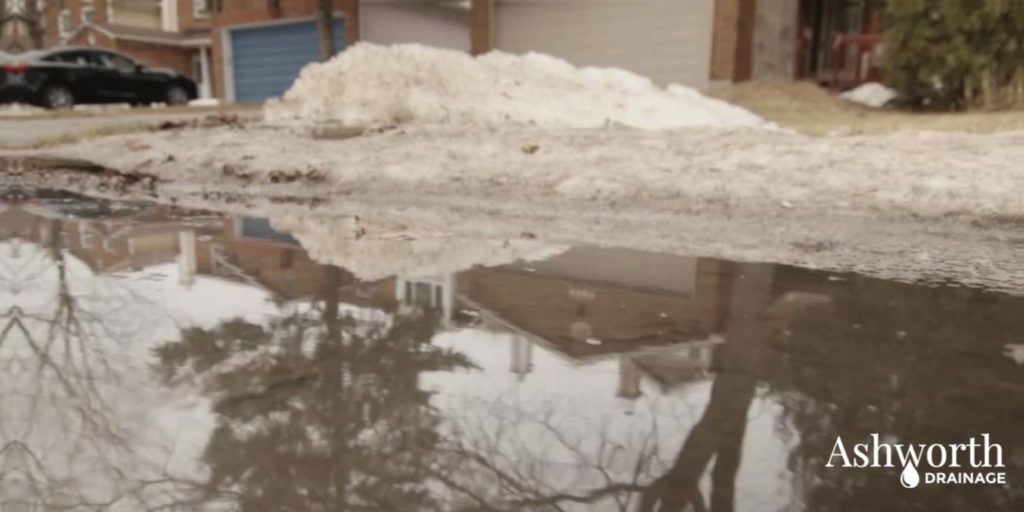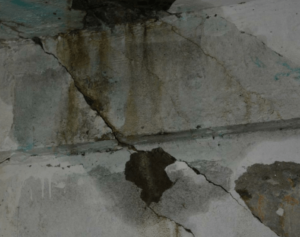How To Prep Your Basement Avoid Leaks With The Spring Thaw

Homeowners know that spring can bring out the worst in their basement. Many simply deal with the mess that comes with melting snow, because they think as long as it’s not affecting their belongings and only a little moisture is getting in, what’s the harm?
Unfortunately, any water getting through your foundation walls and into your basement is a sign of a problem that will only get worse – and more expensive – if it’s allowed to continue. There are many things you can do to prepare your basement for the spring thaw, no matter what your budget. Take the time this winter to examine your basement and check for weak spots; you’ll appreciate the work when the snow melts and the rain begins!
Waterlogged Soil and Your Foundation
 How much water can you expect from a spring melt? Generally, the rule is that 10 inches of snow equals one inch of water when the snow falls during a temperature just below freezing. This can add up to a lot of the white stuff, and when it melts in combination with the spring rains, the soil is going to be absolutely waterlogged. This water, moving through the permeable soil via gravity, will exert a lot of pressure on the foundation and force water through the porous concrete or the mortar holding brick and stone together. This pressure can also cause extensive structural damage at weak points.
How much water can you expect from a spring melt? Generally, the rule is that 10 inches of snow equals one inch of water when the snow falls during a temperature just below freezing. This can add up to a lot of the white stuff, and when it melts in combination with the spring rains, the soil is going to be absolutely waterlogged. This water, moving through the permeable soil via gravity, will exert a lot of pressure on the foundation and force water through the porous concrete or the mortar holding brick and stone together. This pressure can also cause extensive structural damage at weak points.
It can be worse if what’s around your foundation isn’t all the same density. If one side of the house is surrounded by soil, while another is surrounded by stone, the foundation can crack as the pressure becomes greater on one side than the other.
How To Avoid Leaks
The best way to avoid leaks is to prevent moisture from getting to the concrete or stone of your foundation in the first place. A barrier formed by a material more porous than soil, like crushed stone, won’t hold water next to the foundation. The gravity that is moving the water towards your basement will also force it to fall through the stone, where it can be deposited in a drainage system like weeping tile and carried away from your home.
Other ways to avoid leaks in spring are smaller and less invasive, but can go a long way to preventing major water damage:
- Learn to detect the signs of a leaky basement, because it’s more than just puddles and large cracks in the concrete. Check for mildew and mold around window
 sills and door frames, look for discolourations in the concrete, and pay attention to any damp or musty smells.
sills and door frames, look for discolourations in the concrete, and pay attention to any damp or musty smells. - Set up a dehumidifier in the basement. It will prevent the growth of mold and mildew if there is a lot of moisture in the room.
- Shovel more than just your driveway! Get rid of the snow that’s piling up around your foundation and deposit it in a place where it will drain away when it melts.
- Improve your drain pipes, and extend them farther away from the home if needed. Usually, two or three metres of extra pipe will do the trick.
Make sure your sump pump is in working condition. The sump pump is important for relieving pressure on the foundation and getting rid of excess water.
